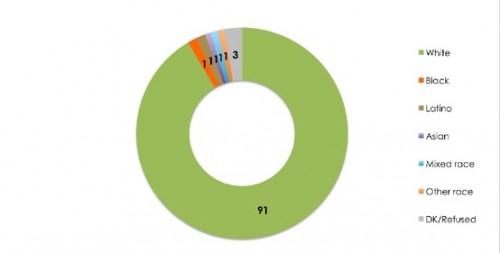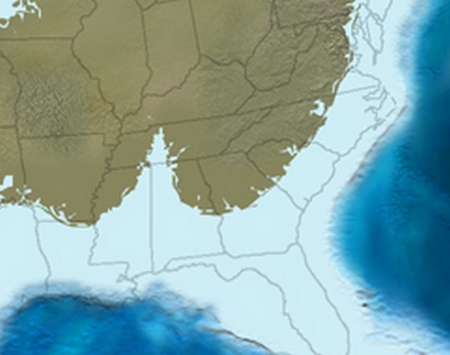In the clip below, James Baldwin powerfully explains why he, as a black man, has no reason to assume that white people care about him and his people.
Responding to Dick Cavett, he says, “I don’t know what most white people in this country feel, but I can only conclude what they feel from the state of their institutions.”
He goes on to present a devastating list of ways in which American institutions are segregated and biased. He concludes:
Now, this is the evidence. You want me to make an act of faith — risking myself, my wife, my woman, my sister, my children — on some idealization which you assure me exists in America, which I have never seen.
It was 1968, four years after the Civil Rights Act. This year marks its 50th anniversary. How much have things changed?
Hat tip to Tim Wise. Cross-posted at Pacific Standard.
Lisa Wade, PhD is an Associate Professor at Tulane University. She is the author of American Hookup, a book about college sexual culture; a textbook about gender; and a forthcoming introductory text: Terrible Magnificent Sociology. You can follow her on Twitter and Instagram.







